challenging pvc problem
scrappy57
11 years ago
Related Stories
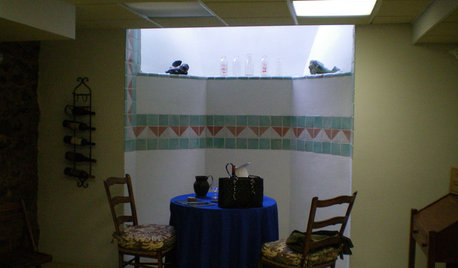
BASEMENTSBasement of the Week: High-End Problem Solving for a Show House
Dark and dated? Naturally. But this '70s-style basement had myriad other design issues too. See how the designer rose to the challenge
Full Story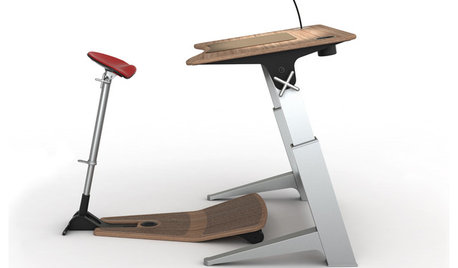
HOME OFFICESStand-Up Desks Rise to Health Challenges
Sitting all day may be wrecking your health. Are you going to stand for that?
Full Story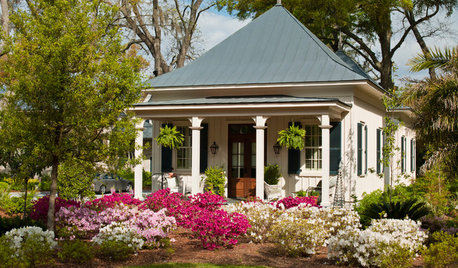
SMALL SPACES8 Challenges of Cottage Living
‘Small rooms or dwellings discipline the mind,’ Leonardo da Vinci once said. Just how much discipline can you handle?
Full Story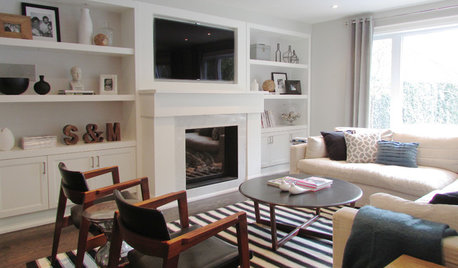
HOUZZ TOURSMy Houzz: Rising to the Renovation Challenge in Toronto
An eye for potential and substantial remodeling lead to a chic and comfortable home for a Canadian family
Full Story
LIVING ROOMSRoom of the Day: Dividing a Living Area to Conquer a Space Challenge
A new layout and scaled-down furnishings fill the ground floor of a compact Dublin house with light and personality
Full Story
DECORATING GUIDESRoom of the Day: A Family Room That’s Up to the Challenge
An invitation to do a makeover inspires an interior designer to revitalize her family room with bold colors and prints
Full Story
LANDSCAPE DESIGNProblem Solving With the Pros: How to Build a Garden in an Urban Canyon
Skyscrapers, noise and deep shade create an unlikely sweet spot for a timeless green retreat in New York City
Full Story
LANDSCAPE DESIGNProblem Solving With the Pros: Sustainable Landscape Captures Runoff
An underground cistern, permeable paving and a rain garden are part of this Washington, D.C. yard's thoughtful design
Full Story
REMODELING GUIDESThe Hidden Problems in Old Houses
Before snatching up an old home, get to know what you’re in for by understanding the potential horrors that lurk below the surface
Full Story
ECLECTIC HOMESHouzz Tour: Problem Solving on a Sloped Lot in Austin
A tricky lot and a big oak tree make building a family’s new home a Texas-size adventure
Full Story







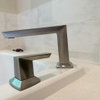

bus_driver
scrappy57Original Author
Related Professionals
Holden Kitchen & Bathroom Remodelers · Auburn Kitchen & Bathroom Remodelers · Beaverton Kitchen & Bathroom Remodelers · Bremerton Kitchen & Bathroom Remodelers · Calverton Kitchen & Bathroom Remodelers · Elk Grove Kitchen & Bathroom Remodelers · Franconia Kitchen & Bathroom Remodelers · Patterson Kitchen & Bathroom Remodelers · Placerville Kitchen & Bathroom Remodelers · South Park Township Kitchen & Bathroom Remodelers · Toledo Kitchen & Bathroom Remodelers · Vienna Kitchen & Bathroom Remodelers · York Kitchen & Bathroom Remodelers · South Jordan Kitchen & Bathroom Remodelers · Kiryas Joel Applianceslazypup
scrappy57Original Author
bus_driver
scrappy57Original Author
bus_driver
scrappy57Original Author
scrappy57Original Author
alan_s_thefirst
scrappy57Original Author